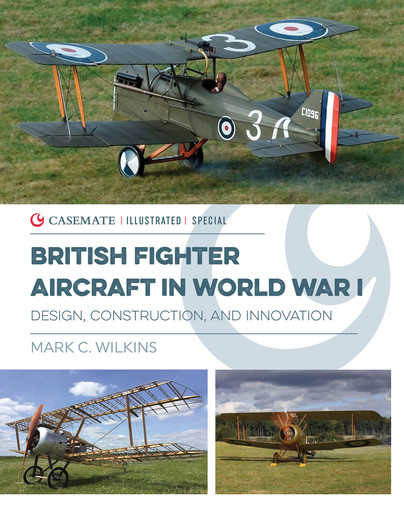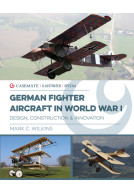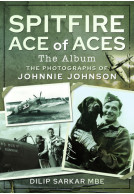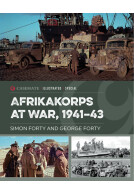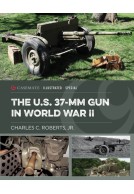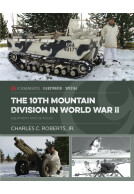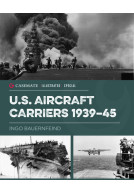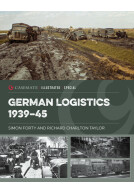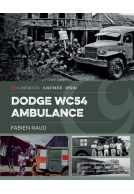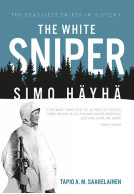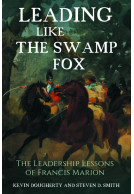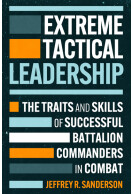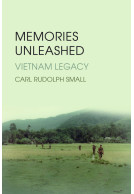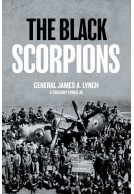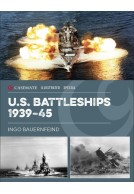British Fighter Aircraft in World War I (Hardback)
Design, Construction, and Innovation
Imprint: Casemate Publishers
Series: Casemate Illustrated Special
Pages: 192
Illustrations: 250 photos, profiles, and diagrams
ISBN: 9781612008813
Published: 23rd October 2024
(click here for international delivery rates)
Need a currency converter? Check XE.com for live rates
World War I witnessed unprecedented growth and innovation in aircraft design, construction, and as the war progressed - mass production. Each country generated its own innovations sometimes in surprising ways - Albatros Fokker, Pfalz, and Junkers in Germany and Nieuport, Spad, Sopwith and Bristol in France and Britain.
This book focuses on the British approach to fighter design, construction, and mass production. Initially the French led the way in Allied fighter development with their Bleriot trainers then nimble Nieuport Scouts - culminating with the powerful, fast gun platforms as exemplified by the Spads. The Spads had a major drawback however, in that they were difficult and counter-intuitive to fix in the field. The British developed fighters in a very different way; Tommy Sopwith had a distinctive approach to fighter design that relied on lightly loaded wings and simple functional box-girder fuselages. His Camel was revolutionary as it combined all the weight well forward; enabling the Camel to turn very quickly - but also making it an unforgiving fighter for the inexperienced. The Royal Aircraft Factory's SE5a represented another leap forward with its comfortable cockpit, modern instrumentation, and inline engine - clearly influenced by both Spads and German aircraft.
Each manufacturer and design team vied for the upper hand and deftly and quickly appropriated good ideas from other companies – be they friend or foe. Developments in tactics and deployment also influenced design - from the early reconnaissance planes, to turn fighters, finally planes that relied upon formation tactics, speed, and firepower. Advances were so great that the postwar industry seemed bland by comparison.
These books are not for those seeking stories of dogfights and derring-do. Though being a test pilot in some of these designs was certainly no less brave and deserves immense respect.
History Book Chat
Both books cover a host of aircraft. We learn of how the companies like Sopwith, A.V. Roe, Junkers and Fokker began. Who the designers were and how the aircraft went from a drawing to taking to the air.
Some would have a short flying career whilst others are still renowned today.
Often illustrated books can be light on narrative, not an issue here. Even for those more technically minded, there is plenty of information.
Being part of Casemate's Illustrated series, both books are packed with blueprints & original drawings. The reader will enjoy the fabulous array of photographs from both back in the day, to the fabulous colour photos that show both flying and museum examples.
My own interest in aviation has rather neglected the early period of flying and the first world war. These magnificent and high quality books have been thoroughly enjoyed and very much appreciated.
I found them both to make excellent coffee table reads where I could relax and read one chapter individually on one company and it's aircraft.
I have seen there is a French Fighter book to follow soon. I shall certainly be adding that to my wishlist. Fabulous books.







